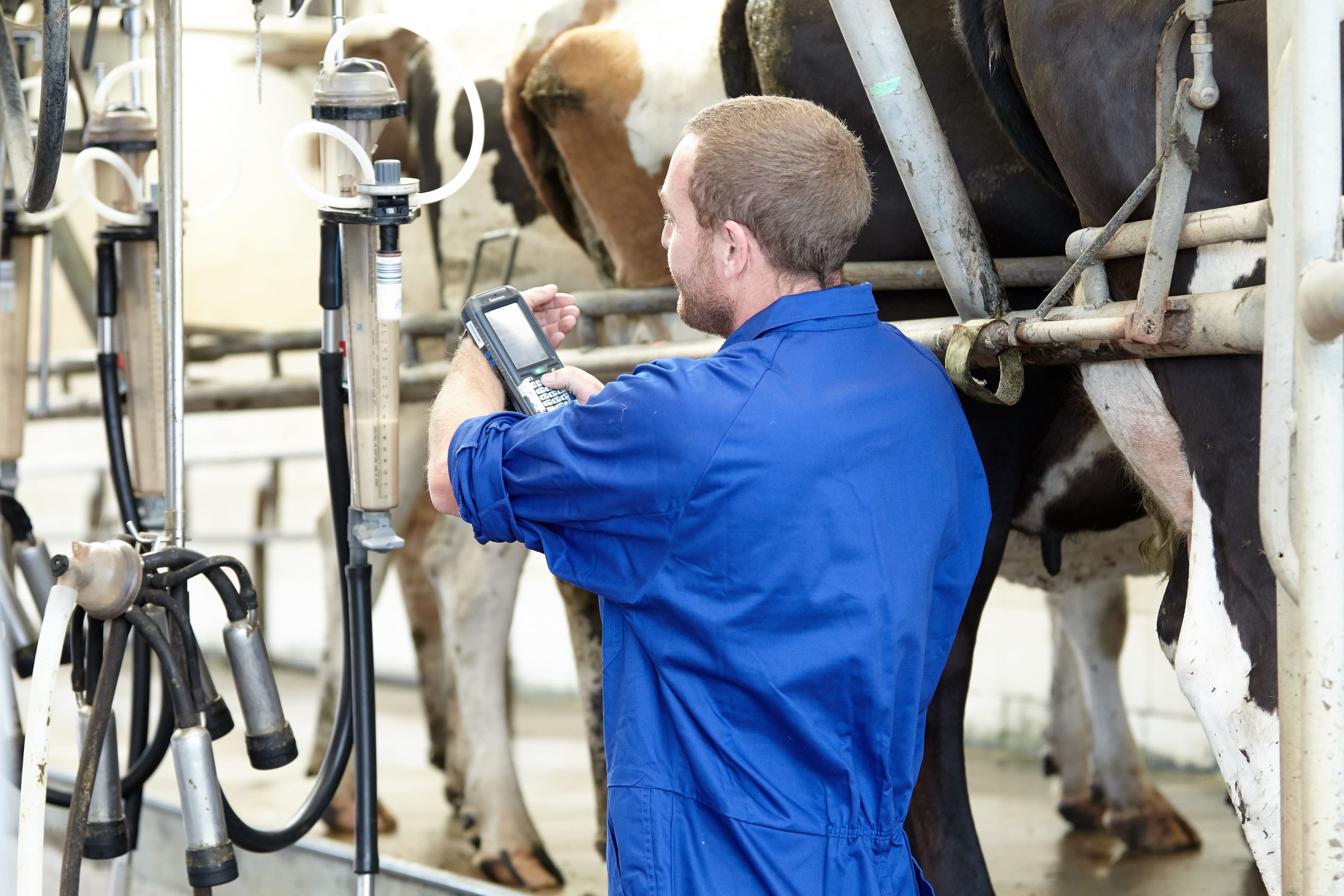For some dairy farmers, herd testing can be another job to add to the list. They may not see the upsides. More specifically, they may not see how the expense of herd testing could make them enough money to justify the financial and labour costs of getting it done. Mark Redgate understands the rationale.
“I wouldn’t spend money on things that don’t improve my profit. But making money is the result of making enough of the right decisions,” he says. “That’s what herd testing is all about – giving farmers the kind of information from which they can make better money-making calls.
“The other thing to remember is that some key information and insights are hidden. You can’t know what’s really going on with an individual animal without this kind of testing.”
The gap between best and worst performers
160kgMS is a stat Mark likes to talk about with farmers. 160kgMS per year is the production difference between the top 20 per cent of a farmer’s cows and the bottom 20 per cent. That represents a big gap in revenue between these two groups of animals.
It makes financial sense to know which cows are in the top 20 per cent. You breed from these animals to increase the productivity of your herd.
Knowing which cows are in the bottom 20 per cent can also be profitable. The worst performers can be culled or bred for dairy beef, while animals with genetic potential can be inseminated with sexed semen or targeted with specific traits to boost the productivity potential of their progeny.
But which ones are which?
When Mark talks about identifying the top and bottom performers, many farmers feel confident they know their cows. There’s no denying farmers observe their animals every day. They watch their cows’ behaviour and can see who the best producers are.
Unfortunately, looks can be deceiving. Mark explains.
“Take the cow with high milk volume. Her quantities suggest she’s a good money earner, but farmers are not paid strictly by volume; they’re paid on milk fat and milk protein, neither of which can be discerned with the naked eye.


